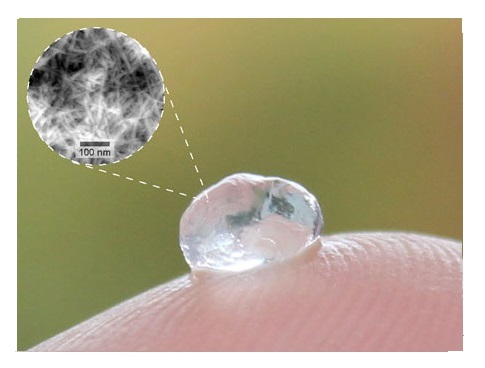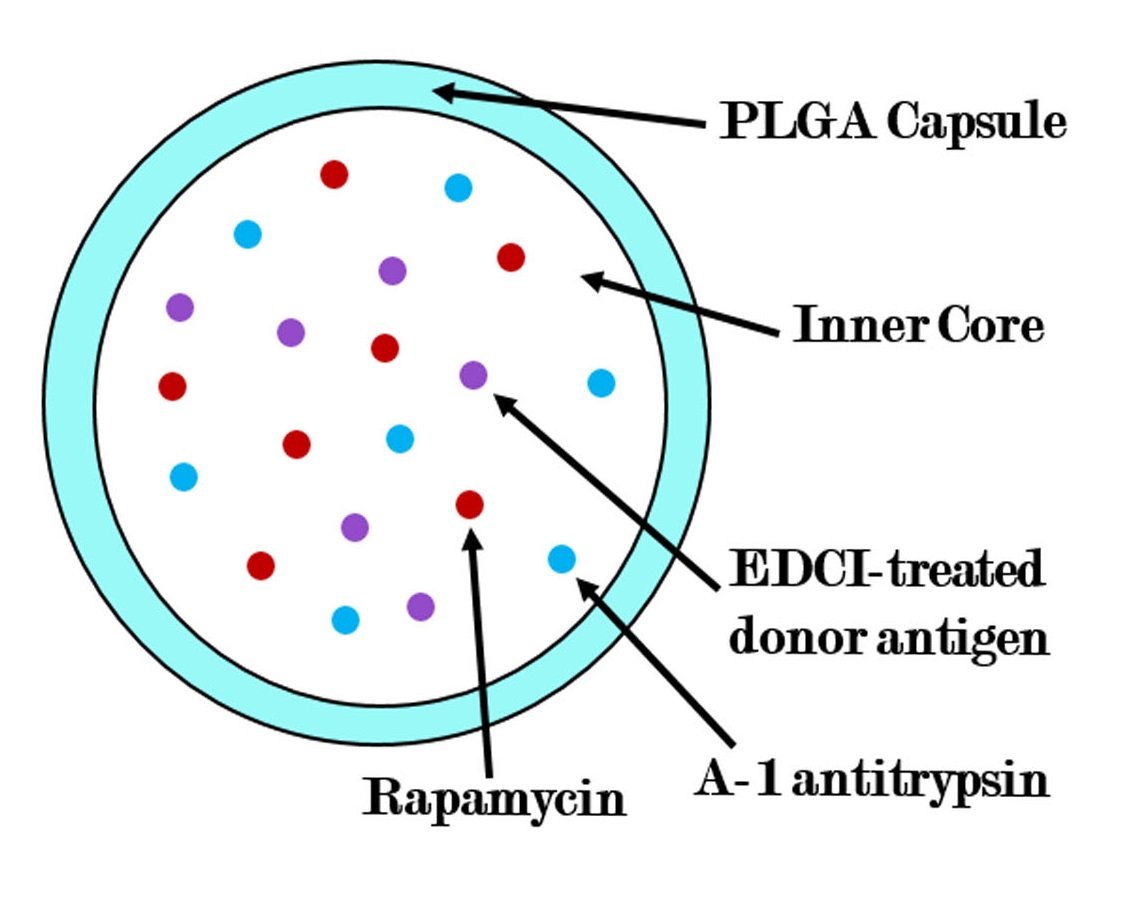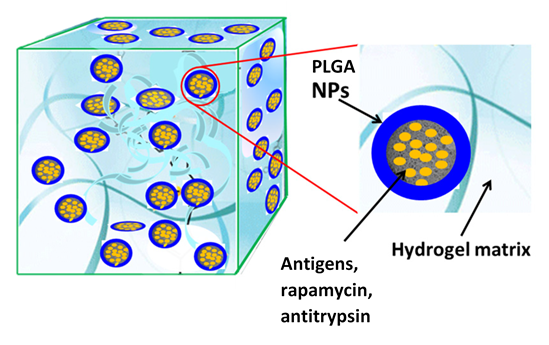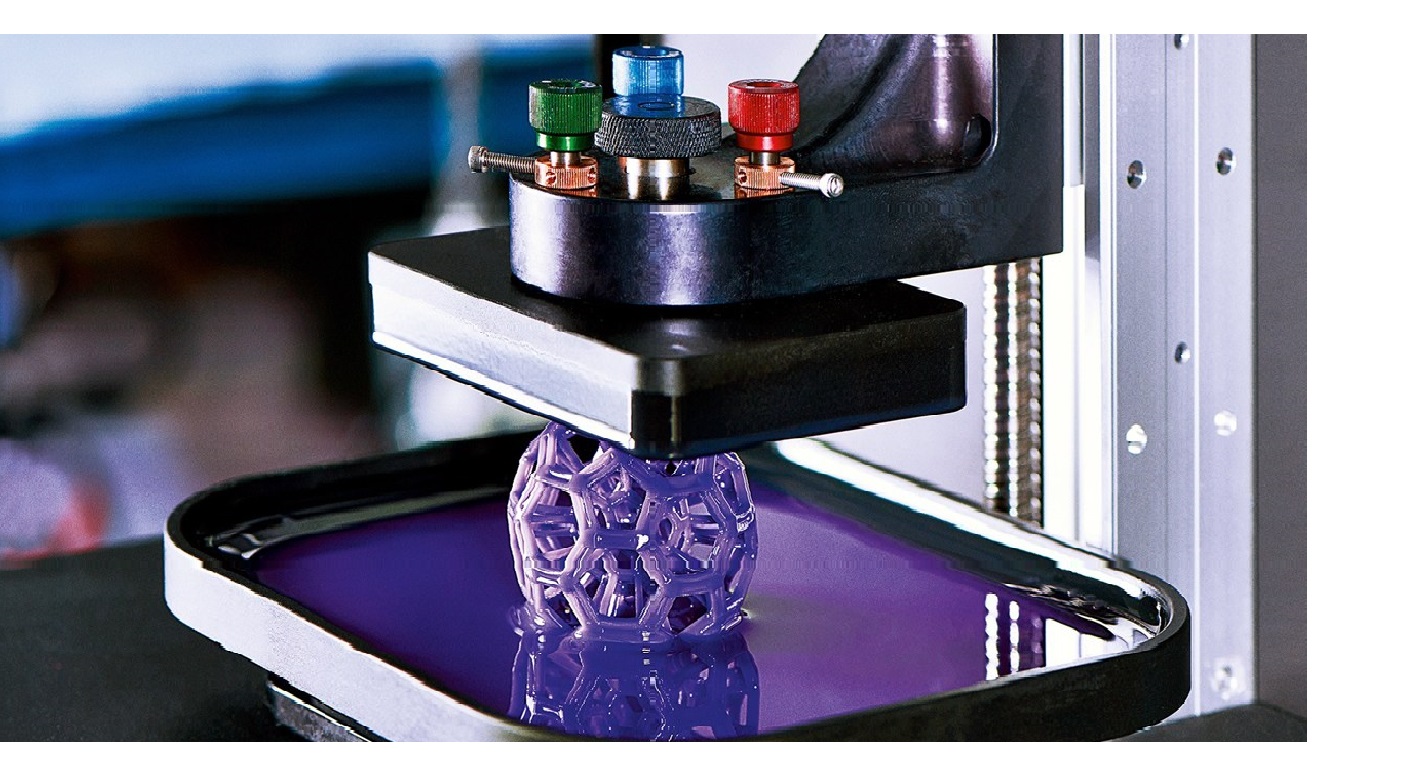Cardiac Nanocomposite Hydrogel
Our objective is to create a 3-D printed, personalized nanocomposite hydrogel film that will encompass the heart during transplantation and induce donor specific tolerance upon introduction to the body.
Nanocomposite Hydrogel

Nanocomposite hydrogels are composed of networks of polymer chains that are hydrophilic, which means that they are highly absorbent and can contain at least 90% water. The organic and inorganic components of the hydrogel allow for its high water capacity. The organic component of the proposed film constitutes PLGA nanoparticles containing EDCI treated donor antigens, immunosuppressant rapamycin, and anti inflammatory agent, a-1 antitrypsin while the inorganic component constitutes clay.
PLGA and Hydrogel Synthesis

PLGA nanoparticles can be produced through water-in oil-in water emulsification as they are a biodegradable/water soluble. Rapamycin (immunosuppressant), a-1 antitrypsin (anti inflammatory agent), and EDCI treated antigens are first dissolved in solutions of water,chloroform/dichloromethane, and then in polyvinyl alcohol. The solvent is then evaporated to ultimately yield nanoparticles of PLGA.

NC gels (nanocomposite hydrogels) are synthesized through the process of polymerization in which the PLGA nanoparticles are reacted to form polymer chains and then combined with clay. The unique combination of inorganic and organic material is able to mimic the extracellular matrix as well as being biodegradable so all the components can be excreted by natural processes.
3D Printing and Bioadhesives

3D printing is a manufacturing method that involves fusing or depositing materials to create a three-dimensional object. The CNHF utilizes a sophisticated type of 3D printing called thermal inkjet printing. The structure of the donor heart will be analyzed during the process and the film will be personalized to each transplant. The hydrogel film, synthesized through 3D printing will then be attached to the donor heart via bioadhesives.
The 3D printer will synthesize the hydrogel and the PLGA nanoparticles to create a nanocomposite hydrogel in the form of a biodegradable and biocompatible film, and shapes the film to fit the template of the donor heart. This film would be sprayed with bioadhesives that would break down at the same time that the film degrades. Bioadhesives are naturally-occurring polymers known for their complexity and applicability. For our purposes, a type of bioadhesive called fibrin glue, will be administered as a topical spray.
A Film About Films

